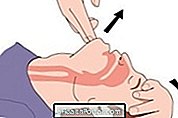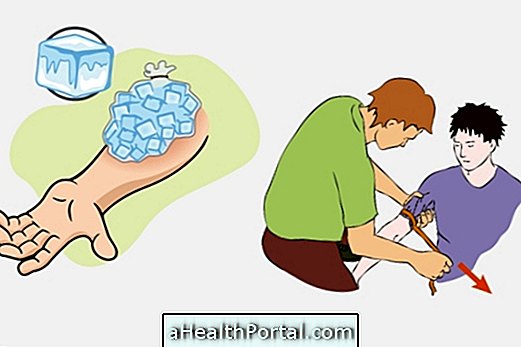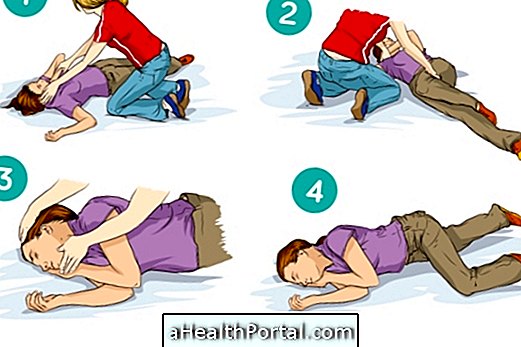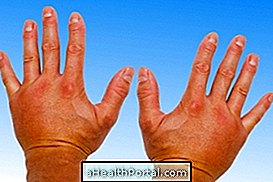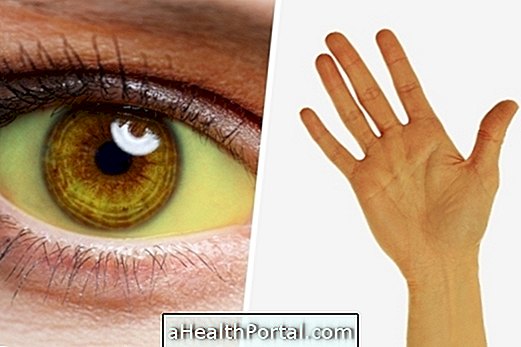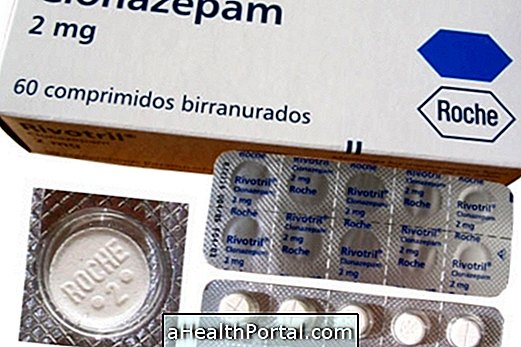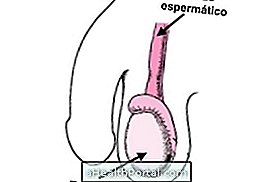It is possible to drown even without being in the water, a condition called secondary drowning or dry drowning. This type of drowning can occur up to 3 days after the person has been in the water and have even inspired small amounts of water, and although this type of drowning is rare, it is more common in children.
Dry drowning can happen after a 'near-drowning' episode, where the person drinks and inhales water, but does not actually drown. In this case the fresh or salt water reaches the lungs, causing swelling of the airways, leading to pulmonary edema and the person suffocates. In addition, the chemicals present in swimming pools can cause an allergic reaction leaving the lungs sensitized and irritated, worsening the condition.
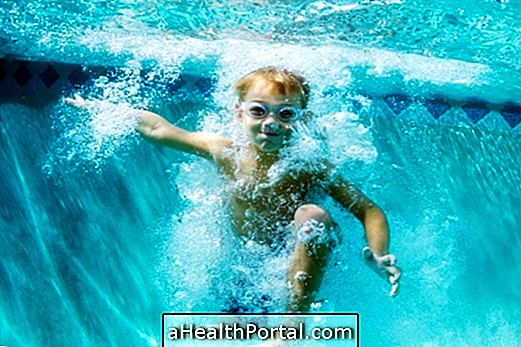
Signs that may indicate secondary drowning
The person who suffers from a dry-run drowning may initially be able to talk and eat normally, but after a while may present the following signs and symptoms:
- Headache
- Somnolence
- Excessive tiredness
- Difficulty breathing
- Chest pain
- Cough
- Signs of brain change such as difficulty in speaking and communicating
- There may be a fever
These signs and symptoms may appear up to 3 days after a 'near-drowning' episode that can happen on beaches, lakes, rivers or swimming pool, in case of water-related accident or even after the inspiration of the vomit itself, a situation that can occur in people who are disoriented or extremely sleepy due to the effect of excess alcohol in the body.
What to do if you suspect secondary drowning
Call the SAMU by calling the number 192 explaining what is happening or take the person to the hospital immediately for tests such as x-ray and oximetry to check for respiratory function.
After the diagnosis the doctor may prescribe use of oxygen mask and medicines like Furosemide to facilitate the withdrawal of fluid from the lungs, in some cases it may be necessary to breathe with the help of appliances.
Learn what to do in case of drowning with water and how to avoid this situation.
